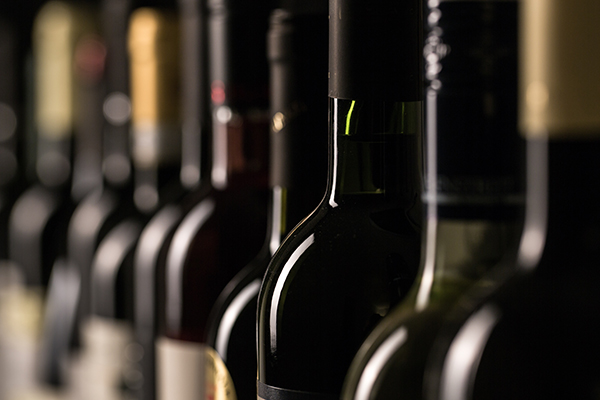Commentary

Liquor Monopoly Can’t Make the PLCB Successful
In case you were wondering, Pennsylvania is ranked 21st for the drunkest state in the nation. While this dubious achievement might not be something to write home about, it should at the very least make life easier for those who run the Pennsylvania Liquor Control Board (PLCB). If a statewide marketplace of heavy drinkers isn’t enough to give them an edge, then their alcohol sales monopoly should be. But given its declining revenues and marginal contribution to the state’s general fund, it appears that the PLCB will need more than a monopoly to flourish.
With the recent release of the PLCB’s annual report, Pennsylvanians should be asking their lawmakers why they continue to prop up this floundering organization.
The PLCB made just $2.4 billion in sales for the FY 2019-20, a sharp decline from last year. COVID-19 can be blamed for some of this, but the injury was mostly self-inflicted. Pennsylvanians remember how difficult the PLCB made purchasing alcohol during the pandemic. Shutting down stores, ending special order programs for businesses, and limiting licensed businesses’ ability to sell alcohol all contributed to needlessly stalling sales at a time when other states were maintaining them.
This context is equally important when looking at the sales growth from e-commerce. PLCB brought in over $26 million in e-commerce sales, which is more than a $20 million increase from last year. But this modest increase only reveals lost potential: when the PLCB rolled out online sales, it was an unmitigated technological disaster.
After closing state stores, the PLCB attempted online sales, but the website was unable to handle the increased traffic. As a “solution,” the PLCB implemented lottery-like randomization to limit online purchases and determine who could access the website.
At one point, the randomization and limited capacity meant that only about 1 in 330 people who wanted to purchase alcohol were allowed to do so. If the PLCB had demonstrated a level of tech-savviness equal to amateur YouTubers, they could have easily sold more retail via the website.
Created in 1933 at the end of prohibition, part of the mission of the PLCB is to “maximize financial returns for the benefit of all Pennsylvanians.” According to the annual report, only about 7 percent of the PLCB’s proceeds this year were redirected to the general fund, with contributions to other agencies being only around 1 percent. This is hardly a cash cow for the state, but it does work to make things harder for businesses who traditionally contribute more tax revenue to the state’s general fund—roughly 14 percent, at last estimate.
The PLCB makes things hard for businesses by limiting the availability of liquor licenses to 1 per 3,000 residents in any county. Only 7 other states have a lower limit. The PLCB also burdens consumers with high prices. As of 2018, the average markup on spirits was 65%, with only a 10 percent discount for licensees. In addition, restaurants often rely on a special-order system to supply their businesses, but this was temporarily shut down during the COVID-19 lockdown. This problem could have been avoided if only the PLCB had complied with a 2016 law that required them to prepare for direct from retailer delivery.
The PLCB’s performance over the past year should remind Pennsylvanians of what little benefits they receive from the state-protected monopoly. Marginal contributions to the state budget can’t begin to cover the burdens the PLCB places on businesses and consumers alike through unnecessary rules and high prices.